New York Fed President John Williams said in a a speech that as the economy further reopens, “I expect inflation to run somewhat above our 2 percent longer-run goal for the remainder of this year.” But he emphasized “not to overreact to this volatility in prices resulting from the unique circumstances of the pandemic”, but focus on the “underlying trends”.
“My expectation is that once the price reversals and short-run imbalances from the economy reopening have played out, inflation will come back down to about 2 percent next year,” he added.
Williams also said the economy is now “positioned to grow quickly”. “I expect that the rate of economic growth this year will be the fastest that we’ve experienced since the early 1980s. And that’s not only a forecast—we are already seeing signs of this pivot to strong growth in the economic statistics,” he added.




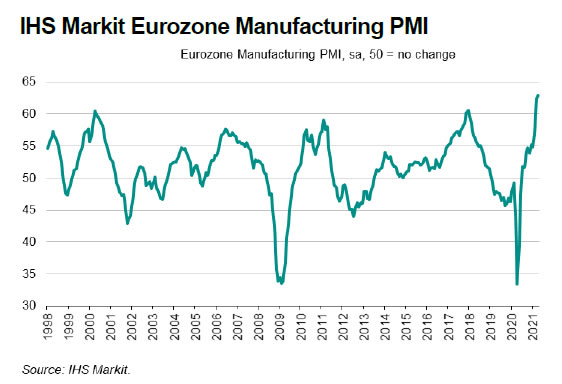
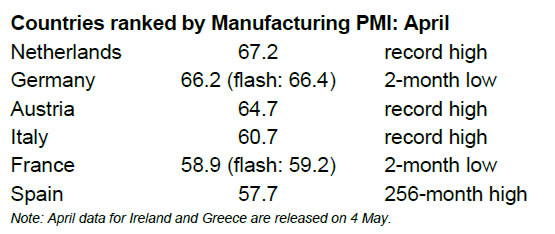


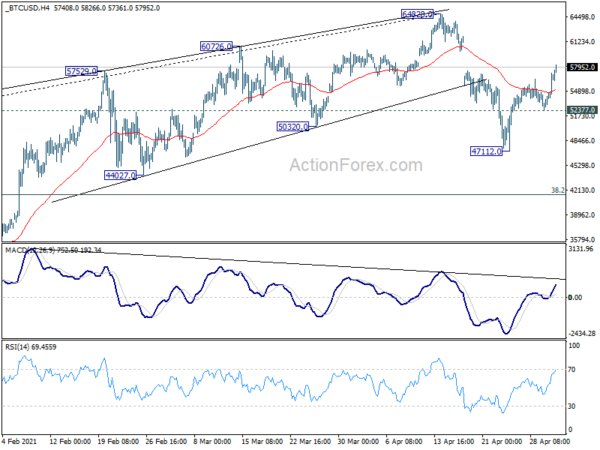
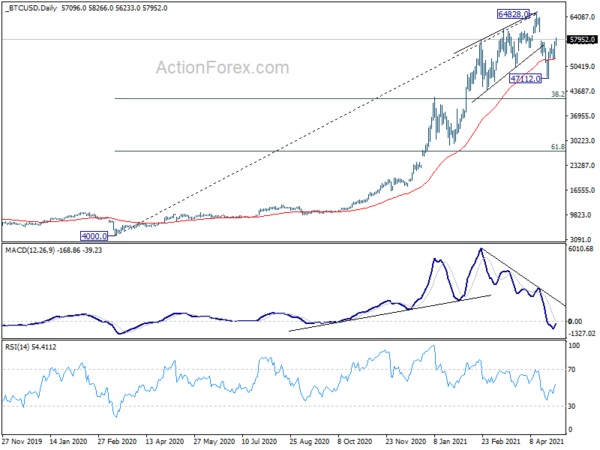
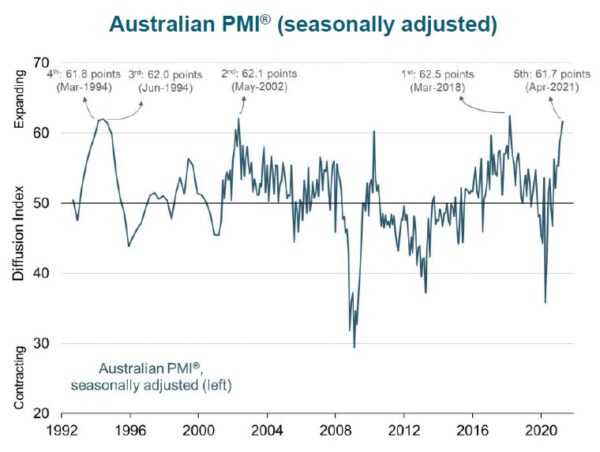
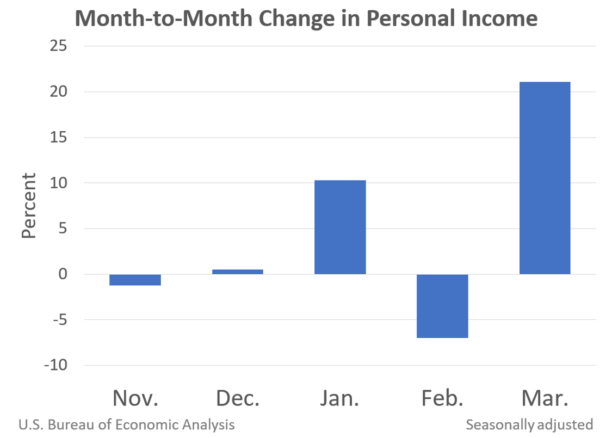
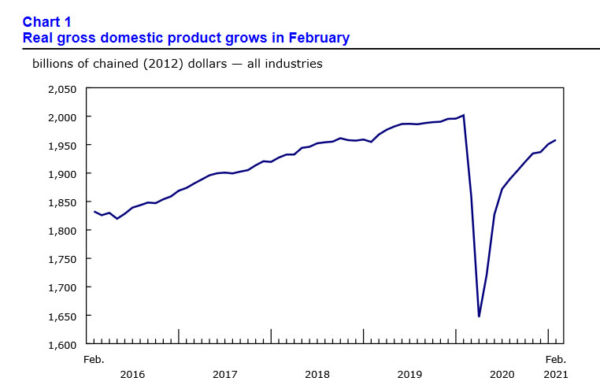
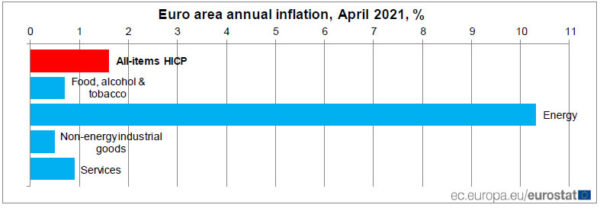
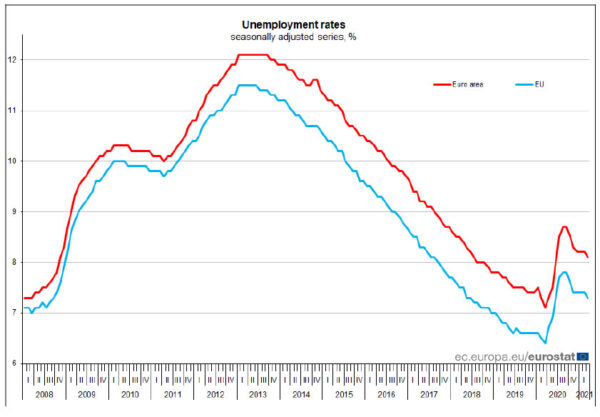
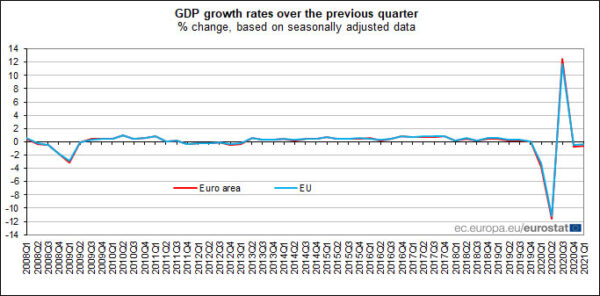
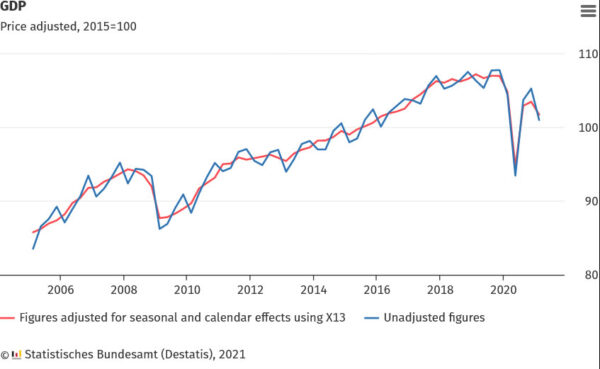
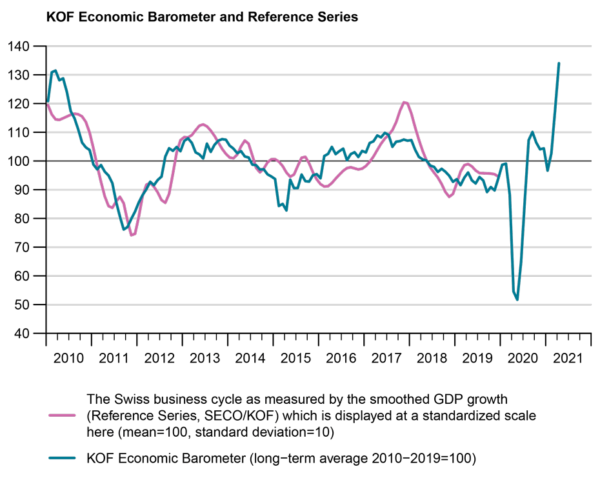
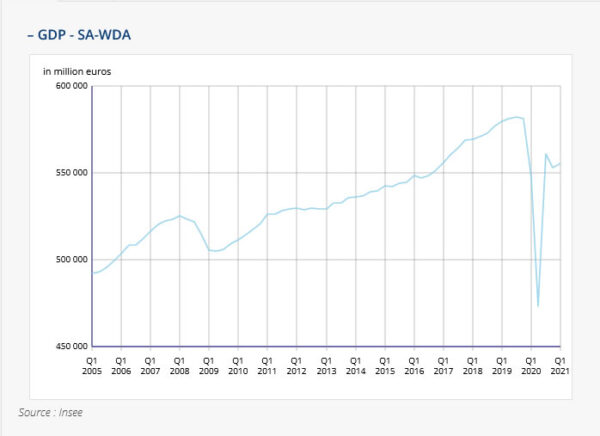
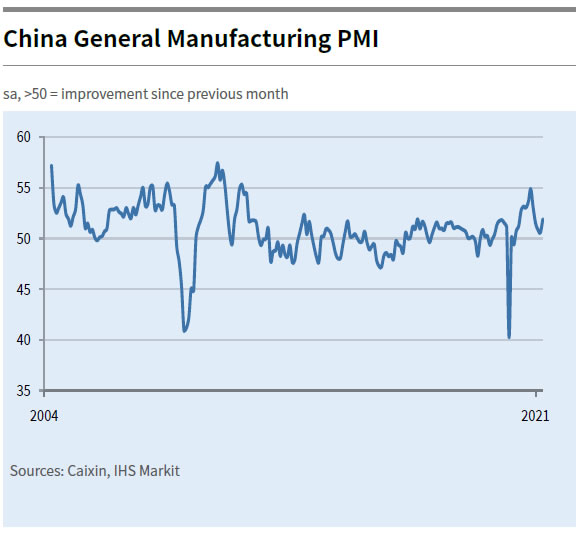
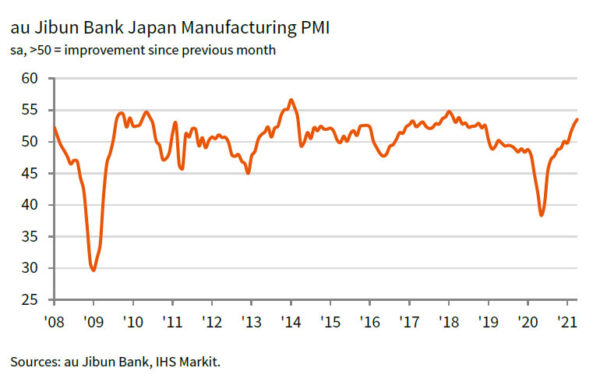

RBA stands pat, upgrades GDP forecasts further
RBA maintained monetary policy settings as widely expected. Cash rate and 3-year yield target are held at 0.10%. Parameters of the Term Funding Facility and bond purchases are held unchanged too. It also maintained that the condition for raising the cash rate is unlikely to be reached until 2024 at the earliest.
At its “July meeting”, RBA will consider whether to retail April 2024 bond as the 3-year yield target, or shift to next maturity, “at its July meeting”. But the board is “not considering a change to the target of 10 basis points”. At the meeting, RBA will also consider future bond purchases after current program completes in September.
Central scenario for GDP growth was “revised up further”. RBA now sees 4.75% GDP growth over 2021, 3.50% over 2022. Unemployment rate is projected to decline to around 5% at the end of this year and further to 4.5% at the end of 2022.
But CPI data “confirmed that inflation pressures remain subdued” in most parts of the economy. Underlying inflation is expected to be 1.5% in 2021 and 2% in mid-2023, even though CPI inflation might rise temporarily to above 3% in June quarter.
Full statement here.